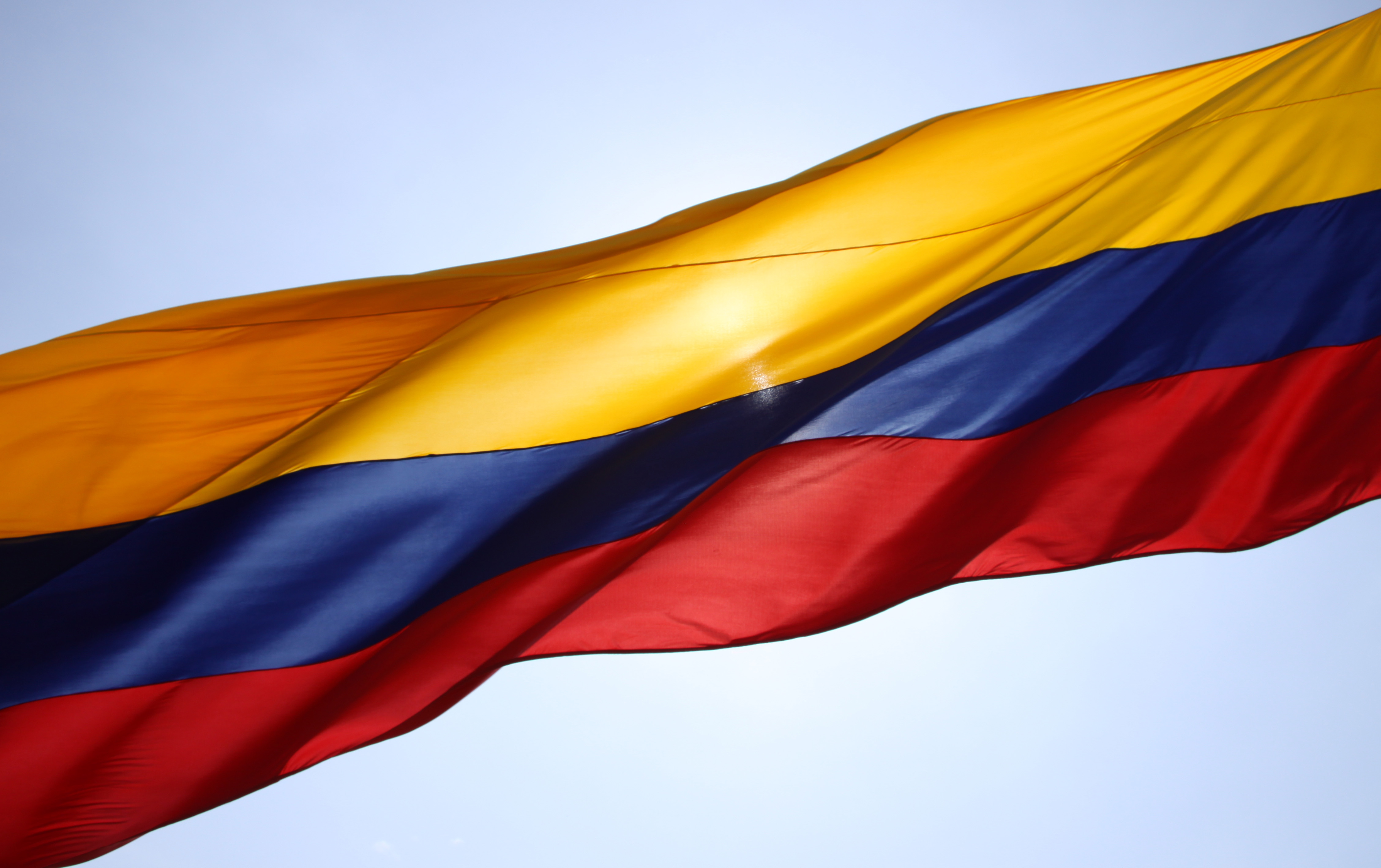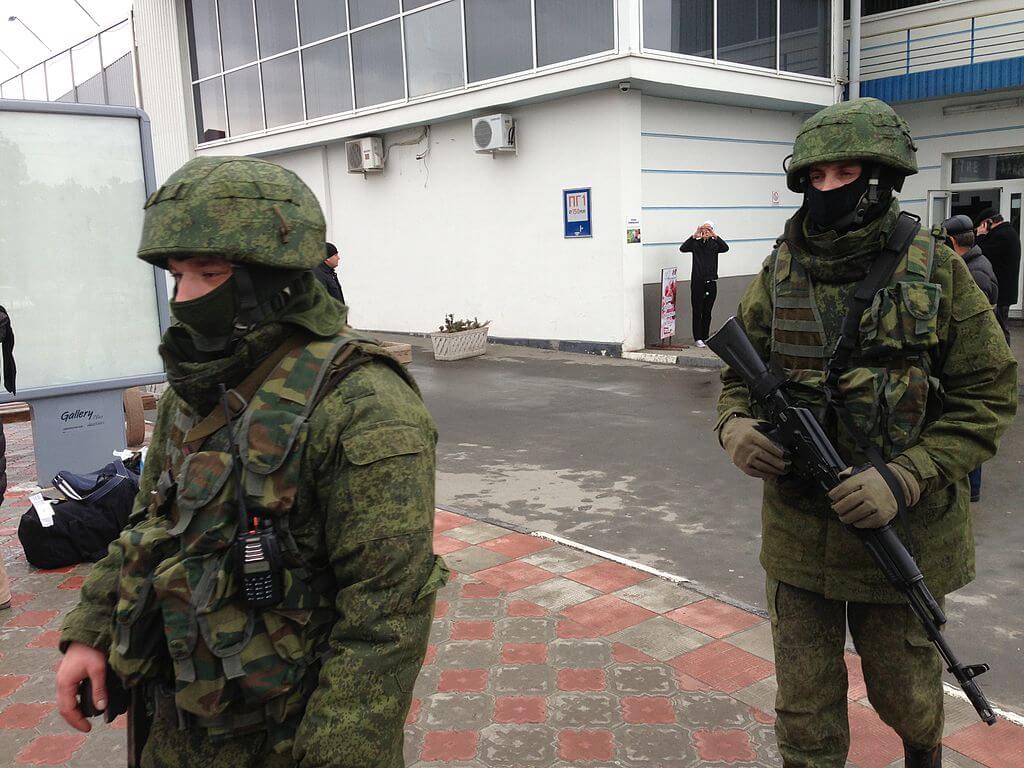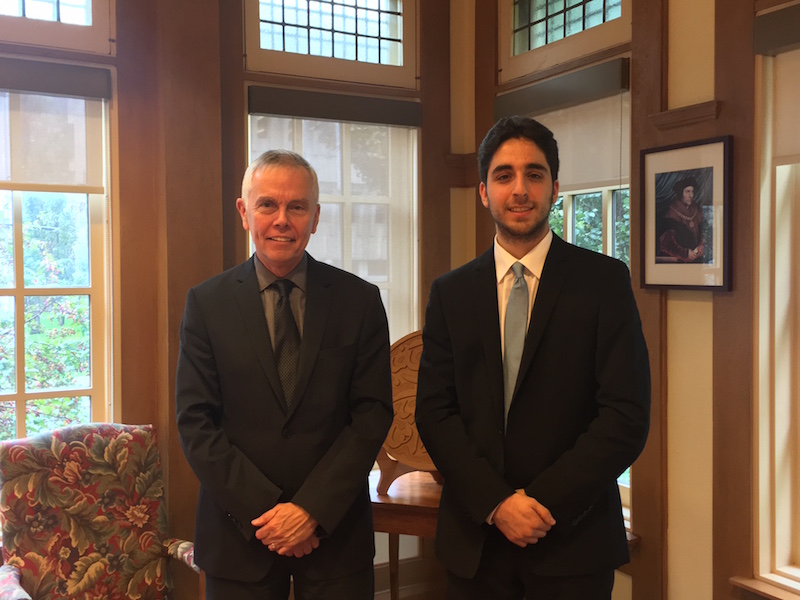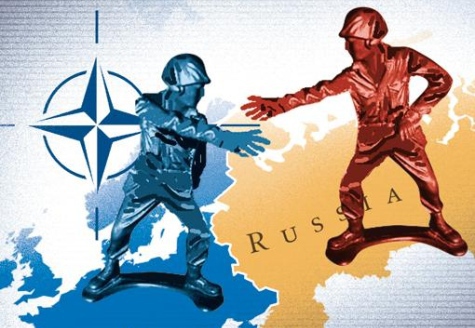After 50 years of warfare and nearly three years of negotiations, Colombia’s government and the Revolutionary Armed Forces of Colombia, or FARC, have signed a breakthrough peace commitment. Last week in Havana Cuba, President Santos and FARC leader Timoleon “Timochenko” Jimenez presided over a ceremony where the broad outlines of a peace deal were defined. A major breakthrough was made concerning the punishments of FARC members and how justice will be given to those who suffered through the decades of warfare, a key issue that was blocking progress and dragging the talks. It also set a target date of March 23, 2016, for a final peace accord.
The leftist group began its war against the Colombian government in the 1960s, making it the longest-running insurgency in Latin America. This breakthrough came on the heels of Pope Francis, the first Latin American Pope, visit to Cuba where he begged the Colombian government and rebels on Sunday to end the conflict, saying, “Please, we do not have the right to allow ourselves yet another failure on this path of peace and reconciliation.”
Colombia’s conflict has killed an estimated 220,000 people, nearly 180,000 of them civilians, and forced nearly 5 million people from their homes just since 1996. The conflict began with the founding of the FARC in 1964 in the turbulent aftermath of a peasant uprising. The guerrillas started out as a typical Marxist movement fighting for land reform, but over the years, they moved into a drug trafficking. The profits from drug trafficking have allowed them to buy weapons and continue the war, while most of the ideology has been lost. Colombia is one of the world’s top cocaine producers, and the FARC is estimated to make US$500 million from the illicit trade per year, according to the Council on Foreign Relations. It is also considered a terrorist organization by the United States and the European Union.
The peace process began in November 2012 with a six point agenda. The first four issues concerning land reform, political participation for guerrillas who lay down their weapons, the elimination of illicit drug production and trafficking, and the disarmament and the transfer of weapons were resolved prior to meeting in Havana last week. The most contentious issues however, involved the rights of victims and what penalties guerrilla commanders accused of crimes against humanity should face.
The sticking point has always been how to punish FARC commanders and whether the guerrillas would face prison for kidnappings, use of child soldiers, cocaine trafficking and other crimes. The FARC insisted it would never accept jail time for acts its fighters had committed during what they considered a legitimate struggle against the state. The Colombian government, and people, have resisted any deal that could be construed as offering impunity stating that, the FARC “have to acknowledge that they are delinquents and submit themselves to the justice system of a state that they have been battling.”
In the past, ending guerrilla wars was fairly straightforward: when insurgents would be granted amnesty in return for demobilizing and often times neither side would be held accountable for their actions. In South Africa, Ireland and many other parts of South America, the agreements ending the conflicts were completed without criminal sanctions. However international law has evolved since then and blanket amnesties that grant impunity for crimes against humanity are frowned upon. Under the framework for Colombia’s so-called transitional justice, amnesty will be granted for “political and related crimes,” though it will not cover crimes against humanity, genocide, war crimes, or other grave violations. There will be a tribunal and special courts with both Colombian and foreign judges to try those charged with the most serious crimes. Both FARC members and government forces will be subject to their jurisdiction.
The guerrillas would be obligated to confess their crimes to a truth commission, and failure to make full disclosure could result in more severe punishments. Those guerrillas that cooperate will receive sentences of five to eight years, however they probably will not serve their time in a normal prison, but in an alternative penal system where perhaps they will do agricultural work on farms in war zones. However, FARC members who don’t cooperate could be sentenced to up to 20 years in jail, and that would be inside a regular prison.
Even so, the deal won’t placate Colombians, many of whom believe that the government could have been tougher in the talks, or used Colombia’s military force to destroy the group. “Santos, it’s not peace that’s near, it’s the surrender to the FARC and the tyranny of Venezuela,” stated former President Alvaro Uribe, whose military offensive over the last decade winnowed the FARC’s ranks and pushed its leaders to the negotiating table.
While the peace deal has been a success, the government must now face the major financial ramifications with more than 7 million Colombians having applied for compensation as victims of the conflict dating to 1964. Furthermore, the family members of the over 200,000 Colombians killed during the war have applied for restitution. In order to maintain the peace agreement the government must also focus on the integration and demobilization of insurgents, as it is important to keep them from resorting to drug trafficking or forming criminal bands. The cost of demobilization, restitution, as well as building the promised rural infrastructure is estimated at US$30 billion or more over a decade.
After a half century spent in warfare, with serious violations committed not only by the FARC but also the Colombian military, it is unlikely that either side will leave the deal feeling satisfied. Given the alternative of continued fighting, the peace deal, despite its faults, appears to be the best hope for the future of Colombia.




